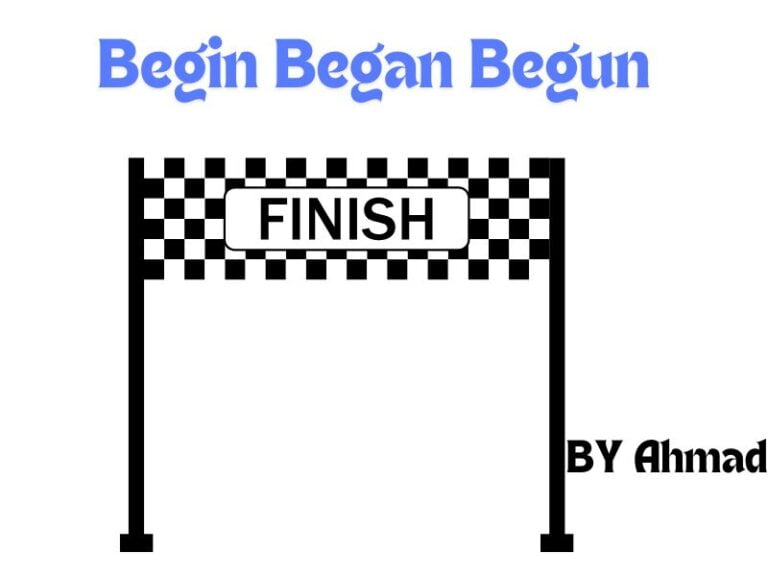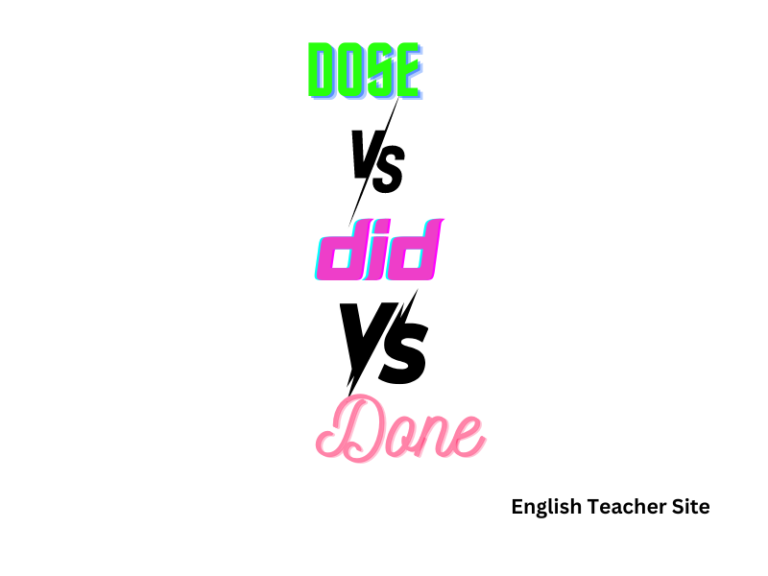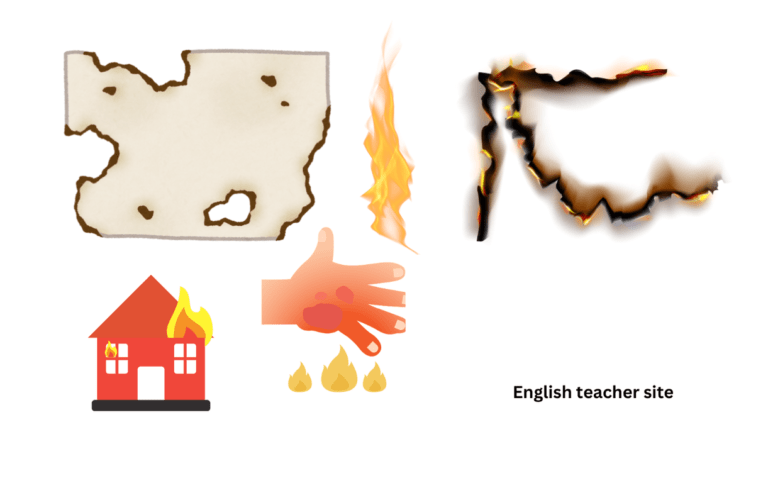Spring Sprang Sprung: Unraveling the Past Tense of “Spring”

- “Sprang” is the simple past tense of the verb “spring.”
- “Sprung” is the past participle form used for the perfect tenses.
- Correct use of “sprang” and “sprung” is crucial for accurate communication.
Navigating the English language can sometimes feel like moving through a maze of intricate rules and exceptions, and this is particularly true when it comes to its vast array of verbs. Among these is the verb “spring,” which is known for its irregular conjugation. The past tense of “spring” opens up a common area of confusion, caught between “sprang” and “sprung.”
Spring, Sprang, Sprung – What’s the past tense of spring?
The verb “to spring” has a somewhat irregular conjugation which often causes confusion. Specifically, its past forms, “sprang” and “sprung”, have distinct uses.
Simple Past Tense
In the simple past tense, the correct form is “sprang”:
- She sprang into action.
- The cat sprang onto the counter.
Past Participle
Conversely, “sprung” is used as the past participle when forming perfect tenses:
- They have sprung up overnight.
- He had sprung into the lead before the race was halted.
Usage Table
| Tense | Conjugation |
|---|---|
| Simple Past Tense | sprang |
| Past Participle | sprung |
Using the incorrect form can change the meaning of a sentence or render it grammatically incorrect.
Conjugation Table
| Subject | Simple Past Tense | Past Participle |
|---|---|---|
| I/He/She | sprang | has/had sprung |
| You/We/They | sprang | have/had sprung |
To ensure proper usage, consider the context. If it is a simple statement about a past event, use “sprang”. For actions completed in the past that have relevance to the present or another past action, “sprung” is appropriate.
Understanding Verb Forms
Particularly, it exemplifies the irregular patterns that can perplex those learning the language, as it does not conform to the regular patterns seen in verbs ending in ‘-ed’ for past forms.
Present Tense
Spring acts as a dynamic verb that describes a sudden movement. Within the context of English verb tenses, its present forms are as follows:
- First Person Singular: I spring
- Second Person Singular: You spring
- Third Person Singular: He/She/It springs
- Plural Forms: We/You/They spring
The present participle form used for present continuous tenses is “springing.”
Past Tense
The past tense of “spring,” an irregular verb, takes on a form that does not follow the typical ‘-ed’ ending. Depending on the context, it may appear as “sprang” or “sprung,” although “sprang” is more frequently used. Here are the conjugations in a simple table:
| Subject | Conjugation |
|---|---|
| I | sprang |
| You | sprang |
| He/She/It | sprang |
| We | sprang |
| They | sprang |
Past Participle
The past participle form of “spring” is “sprung,” and it requires an auxiliary verb to accompany it, such as “have” or “had.” This form is typically found in perfect tenses. Examples include “has sprung” or “had sprung.”
| Perfect Tense | Example Sentence |
|---|---|
| Present Perfect | She has sprung into action. |
| Past Perfect | They had sprung to his defense. |
| Present Perfect Continuous | They have been springing hurdles. |
| Past Perfect Continuous | I had been springing up at dawn. |
Origin of ‘Spring’
The verb “spring” has a rich etymology, stemming from Old English “springan,” meaning to leap or burst forth, which reflects the nature of its action. As with many irregular verbs in English, its forms “sprang” and “sprung” have developed historically and are passed down through usage, highlighting the evolution and complexity of English verb conjugations.
Practical Usage Examples ” Spring”
Understanding the correct usage of the verb “spring” and its past forms is essential for accurate and clear communication. This section will focus on practical examples to clarify the distinction between “sprang” and “sprung,” and how they fit into sentence structures.
‘Spring’ Common Verb Mistakes
Incorrect Verb Use:
- She sprung into action.
- He is sprang from his chair.
Correct Verb Use:
- She sprang into action.
- He has sprung from his chair.
| Common Mistake | Correct Form |
|---|---|
| I have sprang from bed. | I have sprung from bed. |
| They sprung to help. | They sprang to help. |
In the examples above, using “sprang” in place of “sprung” and vice versa is a common error. “Sprang” is the past simple form, used to describe an action that took place and was completed in the past. “Sprung” is a past participle used in perfect tenses, commonly paired with “has,” “have,” or “had.”
Varied Sentence Construction
To effectively use “spring,” “sprang,” and “sprung” in various sentences, it’s important to recognize their function in different tenses.
Incorporating “Spring” in Present Tense:
- The cat springs onto the window sill.
Using “Sprang” in Past Tense:
- The cat sprang onto the window sill yesterday.
Applying “Sprung” in Perfect Tenses:
- The cat has sprung onto the window sill several times.
| Tense | Example Sentence |
|---|---|
| Present Perfect | They have sprung to his defense on many occasions. |
| Past Perfect | She had sprung into action before anyone realized. |
| Future Perfect | By tomorrow, they will have sprung into action. |
When constructing sentences, make sure to use “sprang” for simple past actions and “sprung” when forming present perfect, past perfect, or future perfect tenses. Additionally, idiomatic expressions often align with these uses, though “sprung” appears more commonly in idioms than “sprang.”
- Examples of idioms include:
- “She has finally sprung into the spotlight.”
- “They have sprung a leak in their plan.”
Remember, while “rang” is also a past form—it’s the past simple of “ring”—it should not be confused with “sprang.” Always apply the appropriate conjugation to convey the intended meaning in both formal and casual contexts, and avoid mixing up commonly confused verb tenses.
Interactive Elements with verb ‘Spring’
This section provides engaging methods to deepen understanding through action-packed examples and mind-engaging exercises.
Engagement through Examples
To comprehend how to use “spring” in different tenses, consider these illustrative sentences:
- Simple Present: She springs into action without a moment’s hesitation.
- Simple Past: He sprang from his chair as the alarm rang.
- Past Participle: They had sprung into action by the time we arrived.
| Tense | Example |
|---|---|
| Present | The cat springs out of the box. |
| Past | Last year, she sprang into the lead. |
| Past Participle | The trap had sprung before we got there. |
Reader Exercises
To solidify your understanding of “spring,” perform these actions:
Identify the correct form of “spring”:
- Yesterday, I (spring/sprang/sprung) out of bed late.
- The gymnast has (spring/sprang/sprung) into the air gracefully.
Convert sentences to different tenses using “spring”:
- Present: The athlete springs over hurdles.
- Past: The athlete sprang over hurdles.
- Past Participle: The athlete has sprung over hurdles.
Exercise Table:
| Task | Example | Your Answer |
|---|---|---|
| Present to Past | Every morning, birds spring from the trees. | Every morning, birds (sprang/sprung) from the trees. |
| Past to Past Participle | Last night, the performer sprang onto the stage. | Last night, the performer (has/have) sprung onto the stage. |
Source
Definition of spring from the Collins English Dictionary
My name is Khamis Maiouf. I am the creator of the English Teacher Site, dedicated to providing valuable resources and insights for students around the world. With a passion for education and a commitment to helping students enhance their skills, I aim to make English teaching more effective and enjoyable for both educators and students.






